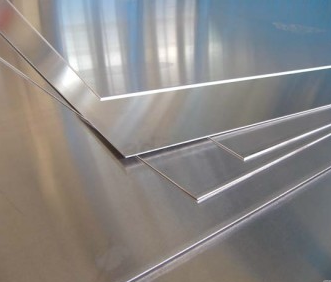

An aluminium plate has been made with a laser process in a way that no water droplets can adhere to its surface and dirt particles can be removed without the use of any chemical cleaning agents or additional efforts. A joint effort of a project team of Technische Universität Dresden and the Fraunhofer Institute for Material and Beam Technology IWS made this innovation possible.

For several years, scientists at TU Dresden and Fraunhofer IWS were striving to develop functionalised surfaces by means of laser-based manufacturing processes. Now, they have created a periodic surface structure that is water and ice repellent and also capable of removing dirt particles solely by rolling water drops.
Their primary focus was the metal aluminium as it is largely used in the manufacture of automobile, aircraft, and food packaging.
“The use of aggressive cleaning chemicals is particularly critical in food industry, as we naturally do not want to bring these chemicals in contact with our food,” emphasises Stephan Milles, PhD student at Technische Universität Dresden.
So, the Dresden scientists particularly did detail analysis on the function of self-cleaning laser-structured aluminium. They used a special camera to evaluate the self-cleaning effect of the aluminium surfaces and filmed the process at 12,500 frames per second.
Thomas Kuntze, scientist in the Microtechnology Technology Field at Fraunhofer IWS, explains: “This way we can perfectly see how a water drop can remove the dirt from the aluminium surface. This method is also suitable for understanding other processes, such as laser cutting and welding or additive manufacturing”.



Responses






